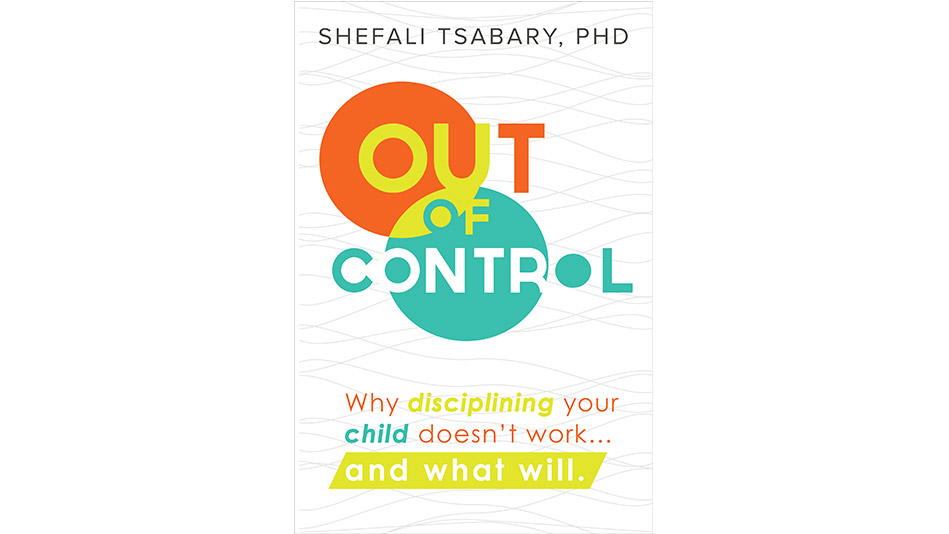
Clever Ways to Positively Reinforce Your Child without Discipline
300 pages; Namaste Publishing
Available at Amazon| Barnes & Noble | Indiebound
Positive reinforcement is a way to teach our children their goals are achievable and praiseworthy. Positive reinforcement strategies serve as an addendum to the parenting journey.
The caveat is that such strategies must never replace the real foundation of the parenting process: the parent-child relationship. If parents rely on external motivators, children don’t learn how to set or achieve their own goals. The ultimate aim of parenting is to encourage a child in self-initiation, self-motivation, and self-actualization.
Reinforcers need to be relational and experiential in nature. They can be used to help a child accomplish such things as studying for an exam, performing chores, improving their table manners, or stopping hitting. Here are 15 strategies I've found helpful with my clients:
- 1) JAR OF FUN: Place a jar in your child's room. In the jar, write down activities and experiences your child loves to do with you or their friends on separate slips of paper. Every week your child accomplishes a certain goal, they get to pick a slip of paper and enjoy that activity.
- 2) 360 FEEDBACK: Once a week, the entire family sits down and gives each other a 360 feedback on core contributions—chores, cooperation with others, goals accomplished, health, respect, and so on. Everyone writes on line about each other and about themselves. Then they discuss ways to help the person achieve their goals. This is a great way for families to share their feelings with each other, as well as a wonderful modeling tool for children to witness their parents being honest about their own limitations and their willingness to work on issues.
- 3) ROLE-PLAYING: Once week, each family member thinks of one situation during the week that was either positive or negative. They enact the situation with either the people involved or another family member who takes on the role. The family then discusses what worked or didn’t work in the situation, and why.
- 4) CHART CREATION: Every week, the children create their own charts for the week. They set out what they wish to accomplish for the week, describe how they will feel once they have done so, and decide how they would like to reward themselves. None of the rewards involve the parent buying something. The children can suggest games or activities the whole family can participate in as reinforcers. Having children create their own charts gives them the opportunity to organize their desires, while also stimulating them to find ways to achieve these desires on their own.













